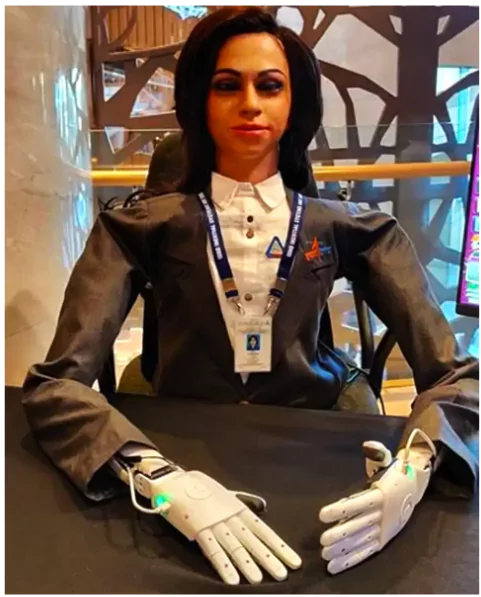![]() 27 Aug 2024
27 Aug 2024
ISRO has finalized the design of a humanoid skull for testing spaceflight conditions and safety of the Gaganyaan crew module ahead of the Gaganyaan mission scheduled for 2025.


Gaganyaan Mission
|

<div class="new-fform">
</div>